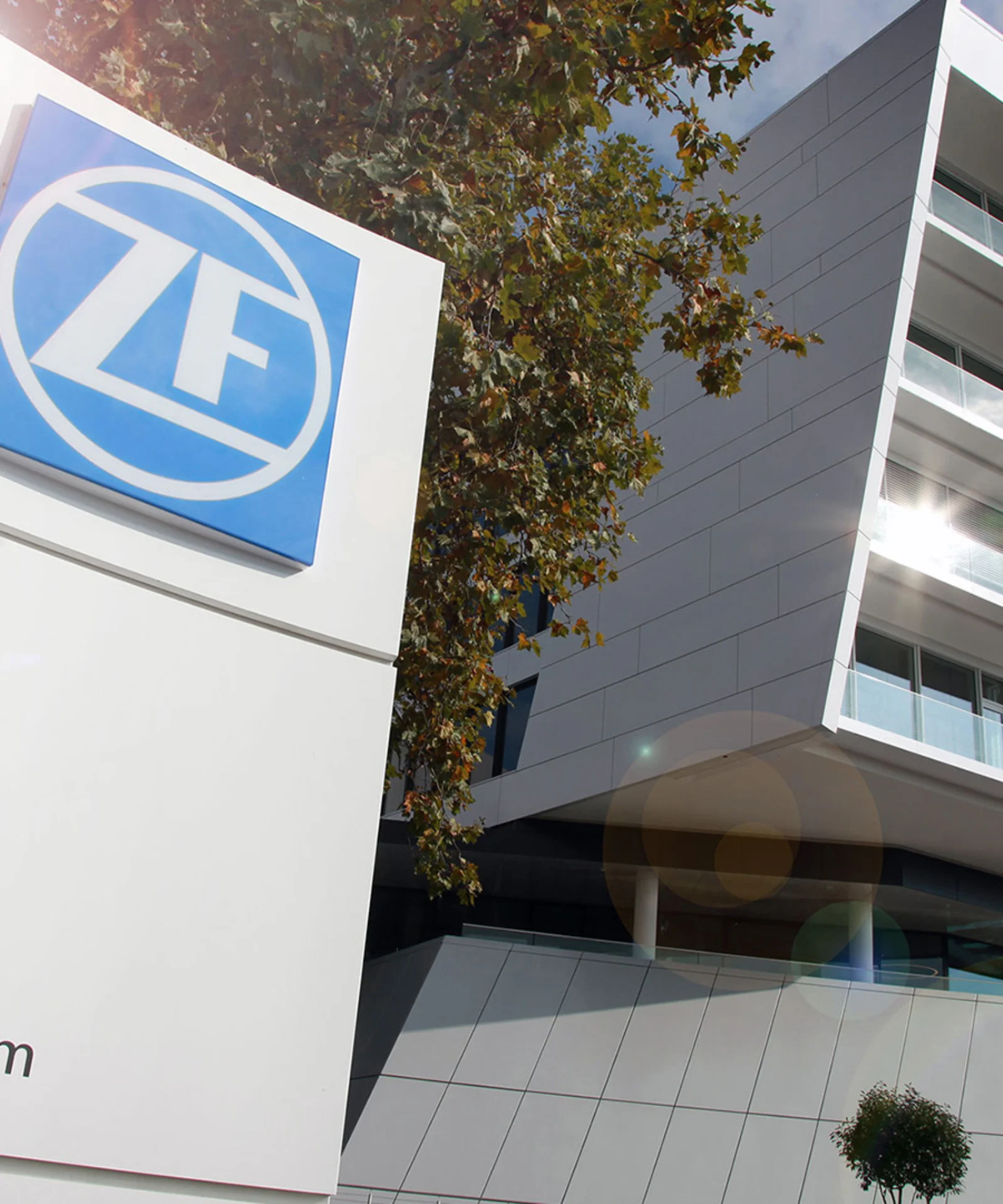
Power your business with secure transactions
Discover how DLT empowers you to do business confidently with unfamiliar counterparties.
Show more

GFT acquires Sophos Solutions from Advent International
With the acquisition of Sophos Solutions, GFT expands core banking expertise and client base, also footprint and team by almost 20%.
Show more

Fast track to AI:
GFT AI.DA Marketplace
Creating business value with AI and data.
Fast. Secure. Efficient.
Show more
Fast. Secure. Efficient.
Strong partner ecosystem













